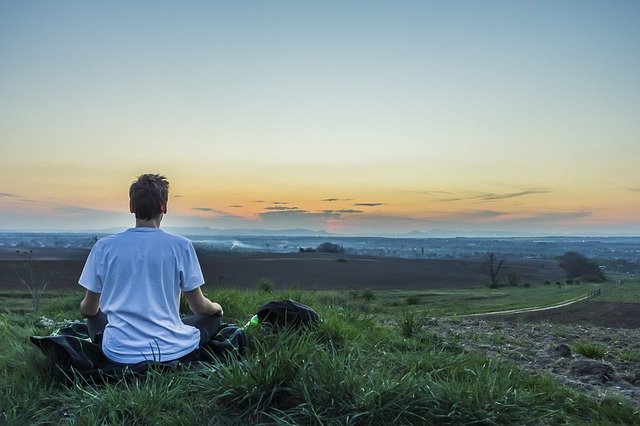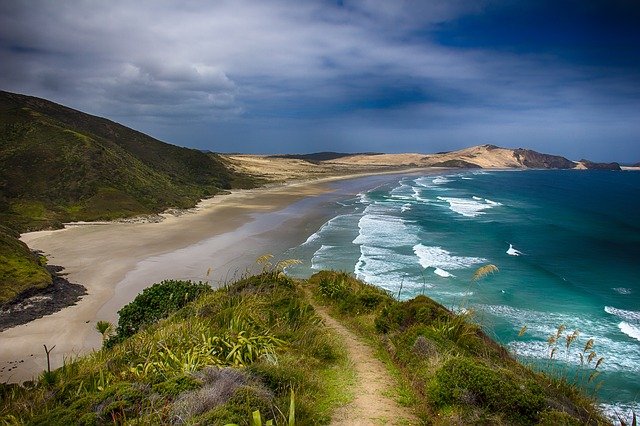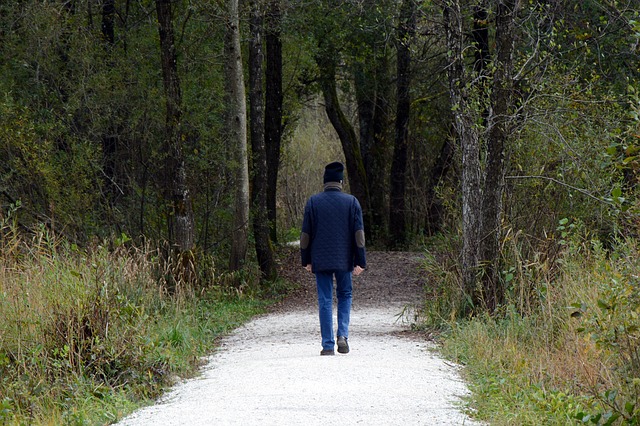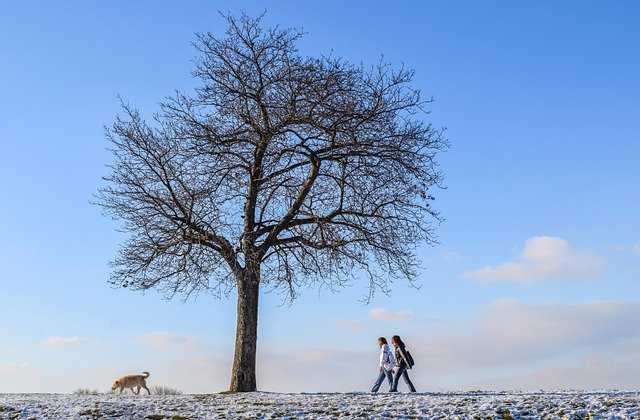Allyson Pimentel provided a guided meditation podcast through MARC UCLA titled, Begin Again – a process designed to develop concentration and build the “awareness muscle”. This meditation builds increased awareness of the present moment because it requires us to pay attention as the meditation unfolds – in particular, noticing when our mind wanders away from our primary focus. Allyson suggests that we need to be “curious about being curious” – that we approach the challenge of paying attention with openness, a sense of wonder, curiosity and exploration.
Allyson emphasises the point that our minds are designed to think, imagine, envision and dream. It is natural for us to “wander off”, lose focus and entertain the “blur of the past” or the anticipation of the future. She suggests that no matter what the level of our experience with meditation is, we can alternate between “wakefulness and sleepiness” – which can be interpreted both literally and metaphorically.
Allyson reminds us that the meaning of the word “begin” is “to come into being”. She suggests that we are so focused on “doing” that we lose sight of “being” – of appreciating and valuing our present moment experience. Her guided meditation encourages wakefulness – being fully aware of the present moment and noticing when our attention wanders. The process of continually returning to our focus – restoring our attention – builds our awareness muscle. Developing this skill is particularly critical in the digital age which is becoming characterised by the “loss of attention, consciousness and awareness” through online marketing and the role of social media and social influencers.
One of the key things to be aware of during this meditation is the tendency to judge ourselves for our “failure to concentrate” or “stay in the moment”. We can become critical of our performance, disappointed and angry with ourselves, and frustrated with our lack of progress. Our current “performance culture” tends to cultivate this judgmental stance. Allyson stresses the need for loving kindness towards ourselves to overcome these negative thoughts and assessments.
Guided meditation for developing the awareness muscle
Allyson’s guided meditation (which begins at 9 minutes, 20 seconds) has a number of stages that can be followed in sequence or changed to suit your situation:
- Posture – after taking and releasing a few deep breaths, the aim is to adopt a posture that is conducive to wakefulness to the present moment. This may entail closing your eyes (to avoid distraction) and adopting an upright posture (as Allyson suggests, as if a sturdy, straight, “big oak tree is behind your back”). She maintains that this is a way to achieve an “embodied sense of wakefulness”, so that your body posture reflects what you are seeking to achieve in your meditation. Noticing your posture throughout the meditation can enhance your wakefulness – and may require you to correct a slouch if that occurs.
- Focus on sounds – one way to achieve an anchor focused on the present moment is to pay attention to sounds both internal and external to your room. It is important to let the sounds come and go and not entertain them by trying to work out their source. For some people, sounds themselves may be distracting and this step could be omitted.
- Focus on breathing – here it is important to become conscious of your breathing – its strength, speed, evenness and regularity – without trying to control it. As you drop into your breath, you can experience calmness, expansiveness and energy as you open to the life that is within you.
- Notice the “tone of your mind” – throughout the meditation you are encouraged to notice what is happening in your mind. You might find yourself engaged in self-criticism for wandering off – a state that can be overcome by loving kindness and patience. It also pays to remind yourself that having to “begin again” to re-focus, is progressively building your awareness muscle – which will enrich your life in all its spheres. No matter how many times you have to start over, you are building towards awareness and its inherent richness.
Reflection
This meditation can be challenging, especially in our early stages of adopting meditation practice or if we are feeling agitated about something that is happening to us or others who are close to us (or to others who we know are experiencing terror elsewhere). The real benefits of this meditation can readily flow over into our daily life and help us to achieve calmness and equanimity in the face of life’s challenges.
As we grow in mindfulness through meditation and beginning again when our minds wander, we can begin to discern patterns in our wandering – e.g., planning our day, preparing a shopping list, indulging resentment or stressing about possible, future challenges. This increased self-awareness can help us to develop specific strategies to strengthen our capacity to concentrate and focus our energy.
Allyson suggests that we take to heart Carl Jung’s comment:
Who looks outside dreams; who looks inside awakes.
_______________________________________
Image by Josep Monter Martinez from Pixabay
By Ron Passfield – Copyright (Creative Commons license, Attribution–Non Commercial–No Derivatives)
Disclosure: If you purchase a product through this site, I may earn a commission which will help to pay for the site, the associated Meetup group, and the resources to support the blog.









